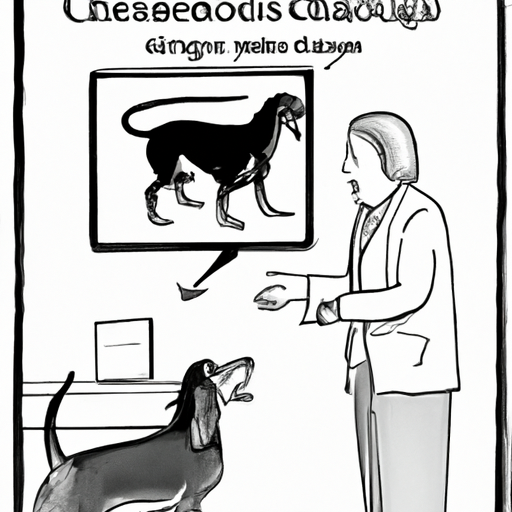Introduction
You, as a loving and dedicated caregiver, have likely noticed some changes in your canine companion. Maybe they’re drinking more, urinating more, or seem overly hungry. Perhaps their coat is thinning, or they’ve gained weight in a way that seems abnormal. These could be symptoms of a condition known as Cushing’s disease. Understanding what causes Cushing’s in dogs is crucial to provide them with the care they need.
Understanding Cushing’s Disease
Cushing’s disease, or hyperadrenocorticism, occurs when a dog’s body produces too much cortisol, a hormone that helps manage stress, weight, infections, and blood sugar levels. This overproduction can happen for two primary reasons:
-
Pituitary gland tumors: This is the most common cause, accounting for about 85% of cases. These are typically benign tumors that cause the pituitary gland to overproduce a hormone that stimulates the adrenal glands to produce cortisol.
-
Adrenal gland tumors: The remaining 15% of cases are usually caused by tumors directly on the adrenal glands, causing them to overproduce cortisol.
Symptoms of Cushing’s Disease
You might wonder what signs to look for in your furry friend. Here are some common symptoms of Cushing’s disease in dogs:
- Increased thirst and urination
- Increased hunger
- Thinning or dull coat
- Hair loss
- Pot-bellied appearance
- Fatigue or decreased activity
Diagnosis and Treatment
If you suspect your dog might have Cushing’s disease, your vet will likely perform a series of tests, such as bloodwork, urine tests, and possibly an ultrasound. Once diagnosed, treatment options can include:
- Medication: Oral medications can help regulate cortisol production.
- Surgery: In some cases, removing the tumor causing the overproduction can alleviate symptoms.
It’s important to note that while treatment can manage symptoms and improve quality of life, Cushing’s disease is typically a life-long condition.
Caring for a Dog with Cushing’s Disease
As a dedicated caregiver to your canine companion, you might feel overwhelmed at the prospect of managing this disease. Here are some tips to help:
- Maintain regular vet check-ups
- Monitor your dog’s behavior and symptoms
- Provide a healthy diet and regular exercise
- Ensure your dog has plenty of fresh water available
- Keep up with recommended medication schedules
Frequently Asked Questions (FAQs)
Q: Can Cushing’s disease be cured?
A: While it can’t be fully cured, it can be managed with the right treatment plan.
Q: Is Cushing’s disease painful for my dog?
A: The disease itself isn’t painful, but some of its effects, like muscle weakness or skin infections, can cause discomfort.
Q: What’s the life expectancy for a dog with Cushing’s disease?
A: With proper treatment and care, a dog with Cushing’s disease can live a relatively normal lifespan.
Caring for a dog with Cushing’s disease can be challenging, but remember, your love and attention can make a significant difference in their quality of life.



